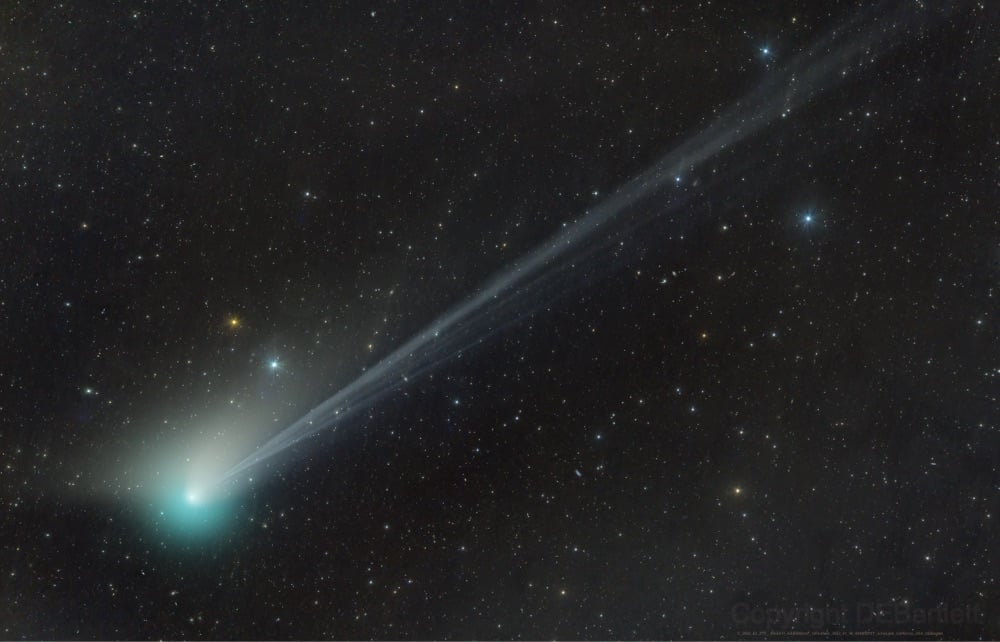How to Find the Rare Green Comet in the Night Skies

A comet called Comet C/2022 E3 (ZTF) is currently visible in northern skies with the naked eye and here’s how you can catch a glimpse for yourself.
Comet C/2022 E3 (ZTF) is currently making its way through the northern skies and should reach its brightest magnitude in early February, according to In-The-Sky.org as it approaches perigee on Feb. 1. To see the comet for yourself, look to the north just after sunset and look for a faint greenish glow. Under the right dark sky conditions, the comet could be visible to the unaided eye, but binoculars will certainly make the job easier.
The comet last visited the Earth about 50,000 years ago and this may be its last visit before it leaves the solar system for good. The unusual green color results from a rare chemical reaction:
The comet itself isn’t green, but its head does appear to glow green thanks to a somewhat rare chemical reaction. The glow likely comes from diatomic carbon (C2) — a simple molecule made of two carbon atoms bonded together. When ultraviolet light from the sun breaks this molecule down, it emits a greenish glow that can last for several days, according to a 2021 study in the journal Proceedings of the National Academy of Sciences.
This eerie light disappears before making its way to the comet’s tail, or coma, which is made of gas. That gas is once again a result of solar radiation - in this case, sunlight causes part of the comet to sublimate, or transition from a solid into a gas without entering a liquid state. That gas streaks behind the comet, often glowing blue from the ultraviolet light.
The best, brightest views of the comet will be right around Feb 1, when it will be near the constellation Camelopardalis (almost due north, in the general vicinity of the Big and Little Dippers) right after sunset — use an app like Sky Guide to help find it. It’s cloudy here in Vermont until Friday…I’m going to try to catch a glimpse of it then.
Amazing photo of Comet C/2022 E3 (ZTF) above by Dan Bartlett.





Stay Connected